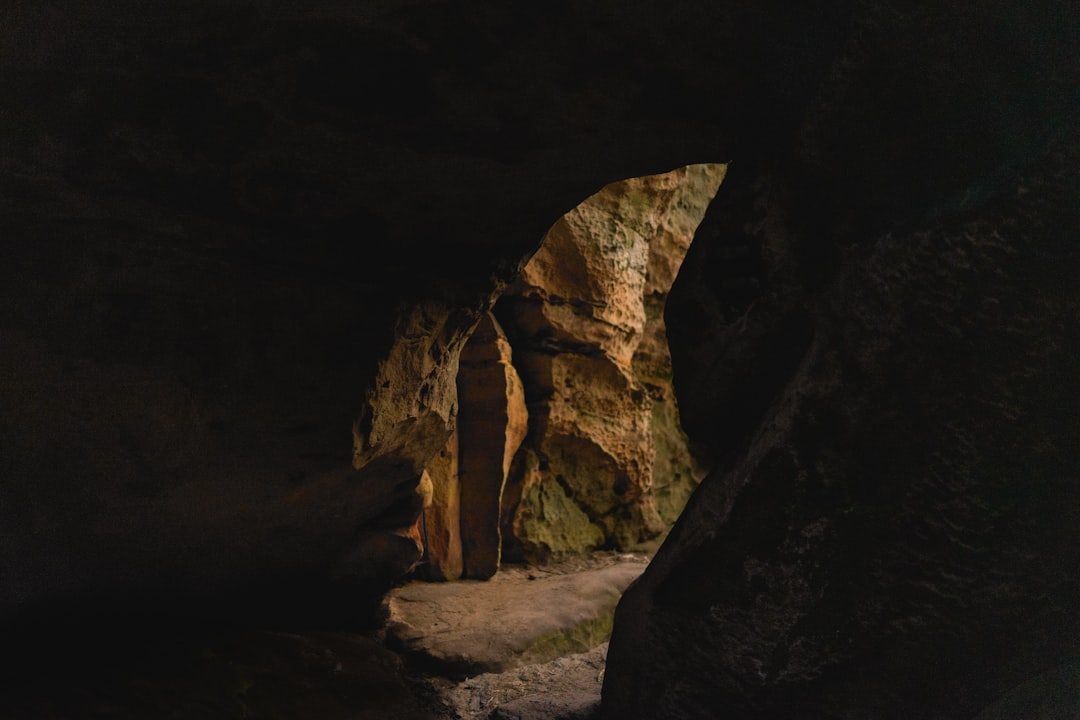The Drake Passage, a body of water that separates South America from Antarctica, has long been a focal point for explorers and adventurers. Its history is steeped in tales of bravery and discovery, dating back to the early 16th century when Sir Francis Drake first navigated these treacherous waters.
His successful navigation through the passage marked a significant milestone in maritime history, opening up new routes for trade and exploration. As the centuries progressed, the Drake Passage continued to attract explorers from various nations. The 19th century saw an influx of whalers and sealers who ventured into these icy waters, driven by the promise of lucrative catches.
The passage became a critical route for scientific expeditions as well, with researchers eager to study the unique ecosystems and geological formations found in the region. Each voyage added to the rich tapestry of the passage’s history, contributing to our understanding of both the natural world and human resilience in the face of adversity.
Key Takeaways
- The Drake Passage Explorer has a rich history of exploration dating back to the 16th century, with famous explorers like Sir Francis Drake and Charles Darwin making significant contributions to our understanding of the region.
- The Drake Passage is a crucial link between the Atlantic and Pacific Oceans, playing a vital role in global ocean circulation and climate patterns.
- The unique wildlife of the Drake Passage includes a diverse range of seabirds, whales, and seals, making it a hotspot for wildlife enthusiasts and researchers alike.
- Navigating the Drake Passage presents numerous challenges, including unpredictable weather, strong winds, and rough seas, making it one of the most challenging maritime routes in the world.
- The Drake Passage offers unparalleled scientific research opportunities, particularly in the fields of oceanography, climatology, and marine biology, contributing to our understanding of global climate change and ecosystem dynamics.
The Importance of the Drake Passage
The Drake Passage holds immense significance not only for its historical context but also for its role in global oceanic circulation. This narrow stretch of water is a vital conduit for the Antarctic Circumpolar Current, which plays a crucial role in regulating the Earth’s climate. By facilitating the movement of warm and cold water masses, the passage influences weather patterns across the globe.
Its currents help to distribute heat and nutrients, impacting marine life far beyond its immediate vicinity. Moreover, the Drake Passage serves as a critical link between the Atlantic and Pacific Oceans. This connection is essential for maritime trade and navigation, allowing vessels to traverse between these two major bodies of water.
The passage’s strategic importance has made it a focal point for international shipping routes, underscoring its role in global commerce. As such, understanding the dynamics of the Drake Passage is vital for both environmental scientists and maritime professionals alike.
The Unique Wildlife of the Drake Passage

The Drake Passage is renowned for its rich biodiversity, hosting a variety of marine life that thrives in its cold, nutrient-rich waters. Among its most notable inhabitants are several species of whales, including humpback, minke, and orca whales. These majestic creatures migrate through the passage in search of food, drawing the attention of wildlife enthusiasts and researchers alike.
The sight of a whale breaching the surface is a breathtaking reminder of nature’s grandeur and the importance of preserving these ecosystems. In addition to whales, the passage is home to an array of seabirds, such as albatrosses and petrels, which are often seen gliding gracefully above the waves. These birds rely on the rich marine life below for sustenance, making the health of the ecosystem crucial for their survival.
The unique combination of cold waters and abundant nutrients creates an environment where life flourishes, making the Drake Passage a vital area for conservation efforts aimed at protecting its diverse wildlife.
The Challenges of Navigating the Drake Passage
| Challenge | Description |
|---|---|
| Strong Winds | The passage is known for its strong westerly winds, often reaching gale force, which can make navigation difficult. |
| Rough Seas | The combination of strong winds and currents can lead to rough seas, causing discomfort for passengers and crew. |
| Narrow Passage | The Drake Passage is a narrow stretch of water between South America’s Cape Horn and the South Shetland Islands, making it challenging to navigate. |
| Icebergs | During certain times of the year, icebergs can be present in the passage, posing a hazard to navigation. |
| Unpredictable Weather | The weather in the Drake Passage can change rapidly, making it difficult to anticipate and navigate through storms and fog. |
Navigating the Drake Passage is not for the faint-hearted; it is often referred to as one of the most challenging maritime routes in the world. The passage is notorious for its unpredictable weather patterns and rough seas, which can change rapidly and without warning. Sailors must contend with strong winds, towering waves, and icebergs that pose significant hazards to navigation.
These challenges have earned the passage a reputation that deters many from attempting to cross it. Despite these dangers, skilled mariners have learned to navigate these treacherous waters with caution and expertise. Modern technology has improved safety measures significantly, with advanced navigation systems and weather forecasting tools aiding in voyage planning.
However, even with these advancements, crossing the Drake Passage remains an adventure fraught with uncertainty, requiring both skill and respect for nature’s power.
The Scientific Research Opportunities in the Drake Passage
The Drake Passage presents a wealth of opportunities for scientific research, attracting oceanographers, biologists, and climate scientists from around the world. Its unique geographical features and diverse ecosystems provide a natural laboratory for studying marine life and oceanic processes. Researchers are particularly interested in understanding how climate change impacts this sensitive region, as it serves as an early indicator of broader environmental shifts.
One area of focus is the study of ocean currents and their effects on global climate patterns. Scientists utilize advanced technologies such as buoys and underwater drones to collect data on temperature, salinity, and nutrient levels in the water. This information is crucial for modeling climate change scenarios and predicting future trends.
Additionally, researchers are investigating how changes in sea ice cover affect marine ecosystems and species distribution within the passage.
The Experience of Crossing the Drake Passage

For many adventurers, crossing the Drake Passage is a rite of passage that embodies the spirit of exploration. The experience can be both exhilarating and daunting, as travelers brace themselves for the unpredictable conditions that characterize this stretch of water. Those who embark on this journey often find themselves surrounded by stunning landscapes, from towering icebergs to vast expanses of ocean teeming with wildlife.
As passengers set sail from Ushuaia, Argentina, they are often filled with anticipation and excitement. The initial calm waters can quickly give way to turbulent seas, leading to a rollercoaster ride that tests even the most seasoned travelers’ mettle. However, amidst the challenges lie moments of awe-inspiring beauty—glimpses of whales breaching or seabirds soaring overhead serve as reminders of nature’s magnificence.
For many, crossing the Drake Passage becomes a transformative experience that deepens their appreciation for the natural world.
The Role of the Drake Passage in Climate Change
The Drake Passage plays a pivotal role in understanding climate change due to its unique position within global ocean currents. As one of the few places where warm water from the Atlantic meets cold water from the Southern Ocean, it acts as a natural laboratory for studying how these interactions influence climate patterns worldwide. Changes in temperature and salinity within this passage can have far-reaching effects on ocean circulation and weather systems.
Researchers are particularly concerned about how melting ice from Antarctica impacts sea levels and global temperatures. The influx of freshwater into the ocean can disrupt established currents, leading to significant changes in climate patterns across continents. By studying these dynamics within the Drake Passage, scientists hope to gain insights into future climate scenarios and develop strategies for mitigating adverse effects on ecosystems and human populations.
The Cultural Significance of the Drake Passage
Beyond its natural wonders, the Drake Passage holds cultural significance for various communities that have historically interacted with this region. Indigenous peoples have long regarded these waters as vital to their way of life, relying on its resources for sustenance and cultural practices. Their deep connection to the land and sea underscores the importance of preserving this unique environment for future generations.
In addition to indigenous cultures, explorers and adventurers have contributed to the rich narrative surrounding the Drake Passage.
The passage has become synonymous with adventure and exploration, serving as a testament to humanity’s enduring spirit of curiosity and resilience.
The Geographical Features of the Drake Passage
The geographical features of the Drake Passage are as diverse as they are striking. Stretching approximately 800 kilometers (500 miles) between Cape Horn at the southern tip of South America and Antarctica’s South Shetland Islands, this narrow channel is characterized by deep oceanic trenches and rugged underwater topography. The varying depths create unique habitats that support an array of marine life.
One notable feature is the South Scotia Ridge, an underwater mountain range that influences ocean currents within the passage. This ridge acts as a barrier that affects water flow between different ocean basins, contributing to the complex dynamics that define this region. Additionally, icebergs calving from Antarctic glaciers frequently drift into these waters, adding another layer of intrigue to its geographical landscape.
The Future of Exploration in the Drake Passage
As interest in exploration continues to grow, so too does awareness regarding environmental conservation within the Drake Passage. Future expeditions will likely focus on sustainable practices that minimize human impact on this fragile ecosystem while still allowing for scientific discovery and adventure tourism. Researchers are increasingly advocating for responsible exploration methods that prioritize ecological preservation alongside human curiosity.
Technological advancements will also play a crucial role in shaping future exploration efforts within this region. Innovations such as autonomous underwater vehicles (AUVs) and remote sensing technologies will enable scientists to gather data more efficiently while reducing their ecological footprint. As humanity seeks to understand this remarkable part of our planet better, balancing exploration with conservation will be essential for ensuring its continued health and vitality.
Tips for Planning a Journey through the Drake Passage
For those considering a journey through the Drake Passage, careful planning is essential to ensure a safe and enjoyable experience. First and foremost, travelers should choose reputable tour operators with experience navigating these waters. Researching reviews and testimonials can provide valuable insights into what to expect during the journey.
Additionally, travelers should prepare for varying weather conditions by packing appropriate clothing layers and gear suitable for cold temperatures and potential rain or snow. Seasickness can be a concern for some passengers; therefore, bringing motion sickness medication or remedies can help alleviate discomfort during rough crossings. Finally, maintaining an open mind and embracing spontaneity will enhance one’s experience as they embark on this unforgettable adventure through one of nature’s most awe-inspiring passages.
If you’re intrigued by the adventures of a Drake Passage explorer, you might find the broader exploration themes on MyGeoQuest equally captivating. The website offers a variety of resources and articles that delve into geographical quests and explorations. For instance, you can explore more about different geographical challenges and adventures by visiting their sample page. This page provides insights into various exploration topics that might pique the interest of any adventurer or geography enthusiast.
WATCH NOW! Drake Passage: Earth’s Deadliest Waters Revealed
FAQs
What is the Drake Passage Explorer?
The Drake Passage Explorer is a journey through the Drake Passage, a body of water between the southern tip of South America and the northern tip of the Antarctic Peninsula. It is known for its rough seas and challenging sailing conditions.
What can I expect to see on a Drake Passage Explorer expedition?
During a Drake Passage Explorer expedition, travelers can expect to see a variety of wildlife, including whales, seals, and numerous species of seabirds. The expedition also offers stunning views of icebergs, glaciers, and the rugged landscapes of the Antarctic region.
What activities are available during a Drake Passage Explorer expedition?
Activities during a Drake Passage Explorer expedition may include wildlife watching, photography, lectures from expert guides, and possibly even kayaking or camping on the Antarctic continent, weather permitting.
What is the best time of year to embark on a Drake Passage Explorer expedition?
The best time to embark on a Drake Passage Explorer expedition is during the Antarctic summer, which runs from November to March. This is when the wildlife is most active, and the weather is relatively milder, making for a more enjoyable and comfortable experience.
What should I pack for a Drake Passage Explorer expedition?
Travelers embarking on a Drake Passage Explorer expedition should pack warm, waterproof clothing, including insulated jackets, gloves, hats, and sturdy, waterproof boots. It is also recommended to bring sunscreen, sunglasses, and a good camera for capturing the stunning scenery and wildlife.
